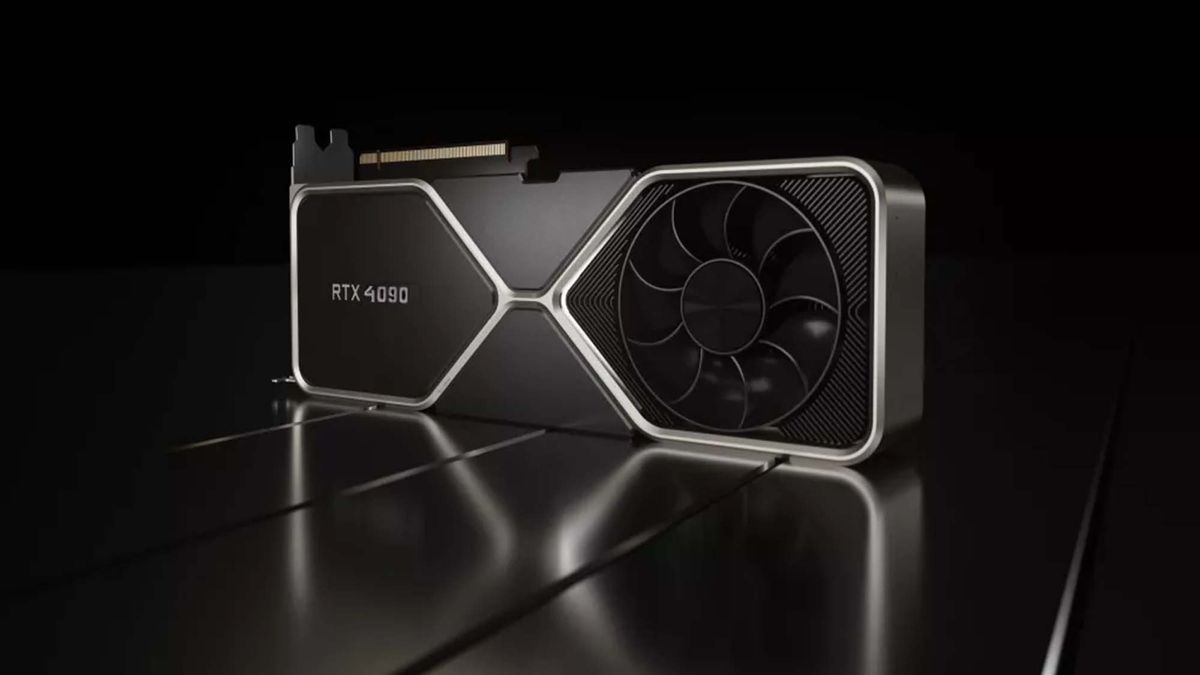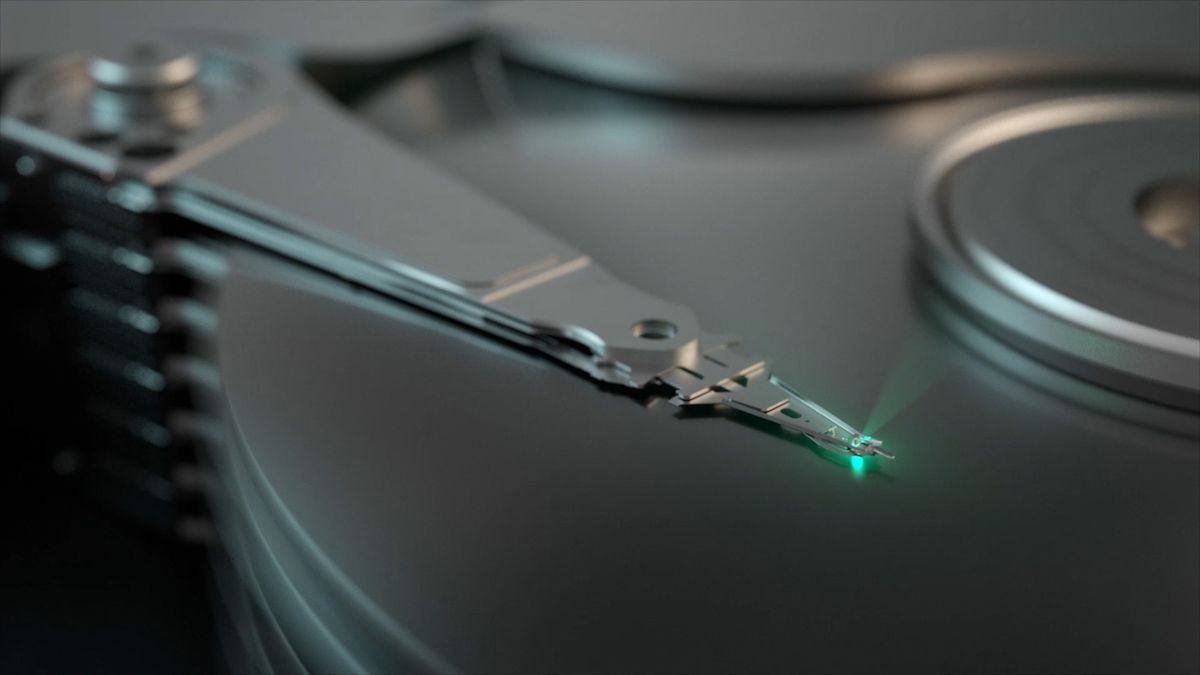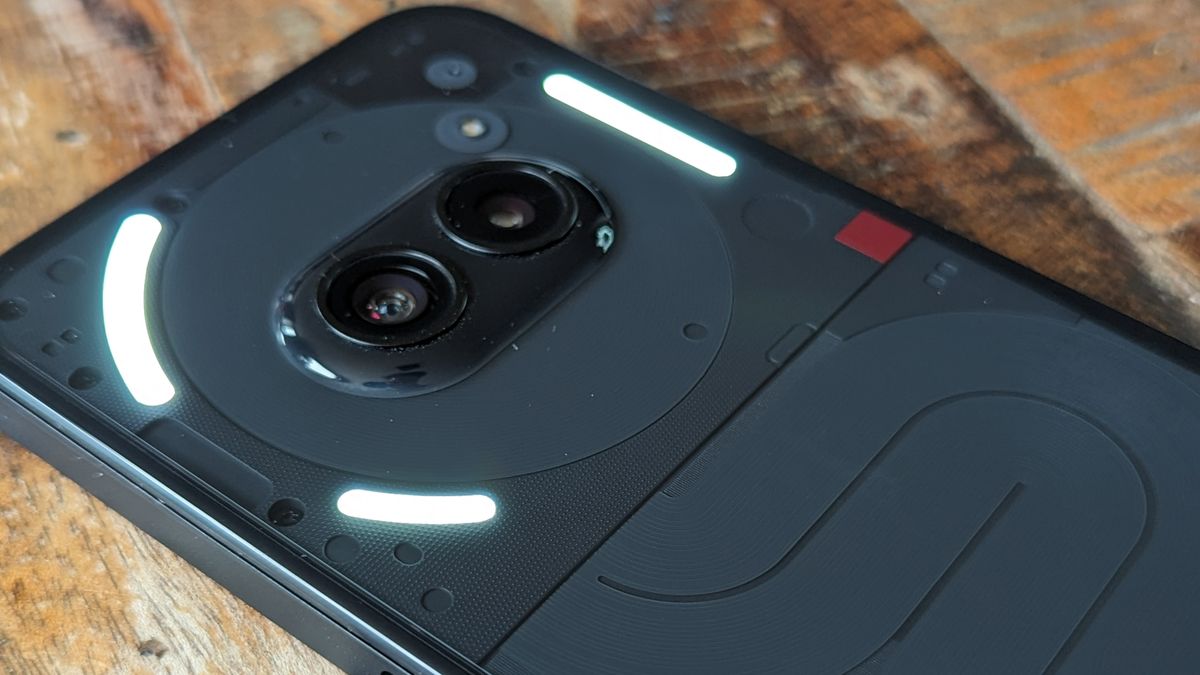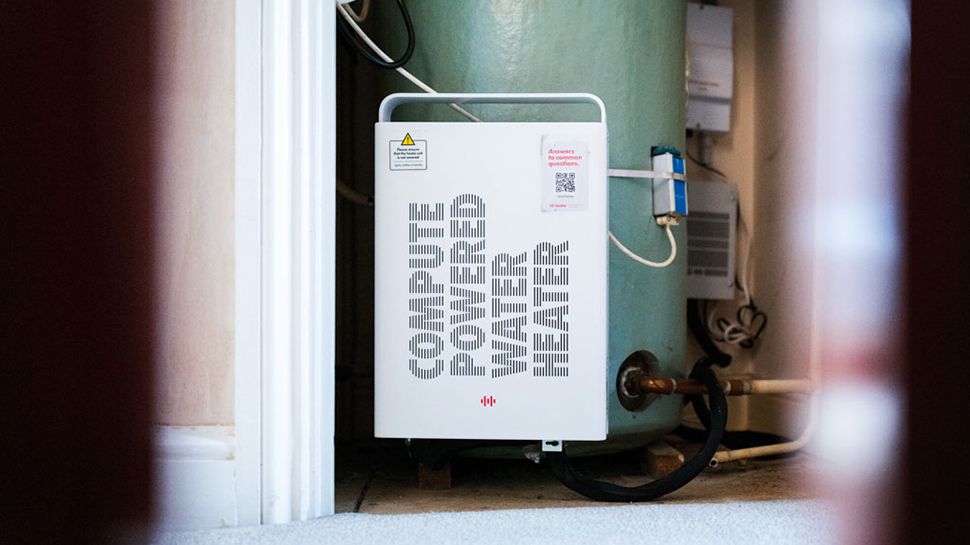The Nvidia RTX 5080 graphics card, which will most likely be based on the Nvidia Blackwell architecture, may offer superior ray tracing capabilities and general performance over the current-gen RTX 4090, currently the best graphics card on the consumer market.
New rumors have emerged concerning the possible RTX 5080 graphics card, with Twitter / X tech leaker AGF stating that “GB203 is close to AD102 in raster and faster in RT.” GB203 is the GPU die that will likely power the RTX 5080, which means that according to the report from PCGamesN, 5080 will be “even faster at processing realistic ray-traced lighting in games” than the 4090, though it’ll be about the same speed in terms of standard rasterization.
The leaker revealed more information about whether the overall performance for the 5080 would be better than the 4090. They stated that it “will depend on AMD competitiveness,” and that it’s “too early to say.” It also said that the top three Blackwell gaming cards would feature GDDR7 RAM, including the RTX 5080, which means you could expect some high-speed memory from those cards.
Currently, the RTX 4090 retails for $1,799 on Newegg but if these rumors are to be believed, then the RTX 5080 would have improved while being more affordable, since the ‘80’ designation is always cheaper than the ‘90’ designation.
The RTX 5080 could be a true performance juggernaut
Judging from all the rumors and leaks so far, we could be looking at seriously incredible high-end graphics cards. The RTX 5080 has been rumored to have a 384-bit bus while the RTX 5090 will have a whopping 512-bit bus. The card’s bus width is important as it directly impacts what kind of resolution can be rendered in games efficiently.
For instance, a card with a 384-bus can handle 4K resolution while a 512-bus card should be able to handle up to 8K resolution easily. As you can tell, this is a massive boost from the current-gen which uses 192-bit and 256-bit which can handle 1440p textures and the bare minimum for 4K, respectively.
Not to mention the ray tracing potential, which is a powerful graphics technology that renders real-time shadows by mimicking how light behaves in a scene.
We could see some staggering performance for these cards, ones that would complement the growing market for the best 4K monitors and TVs. As for 8K, that could be a harder sell since not many people own 8K monitors and TVs right now, but it could be a good push in that direction if hardcore fans can see the appeal in that kind of setup.





